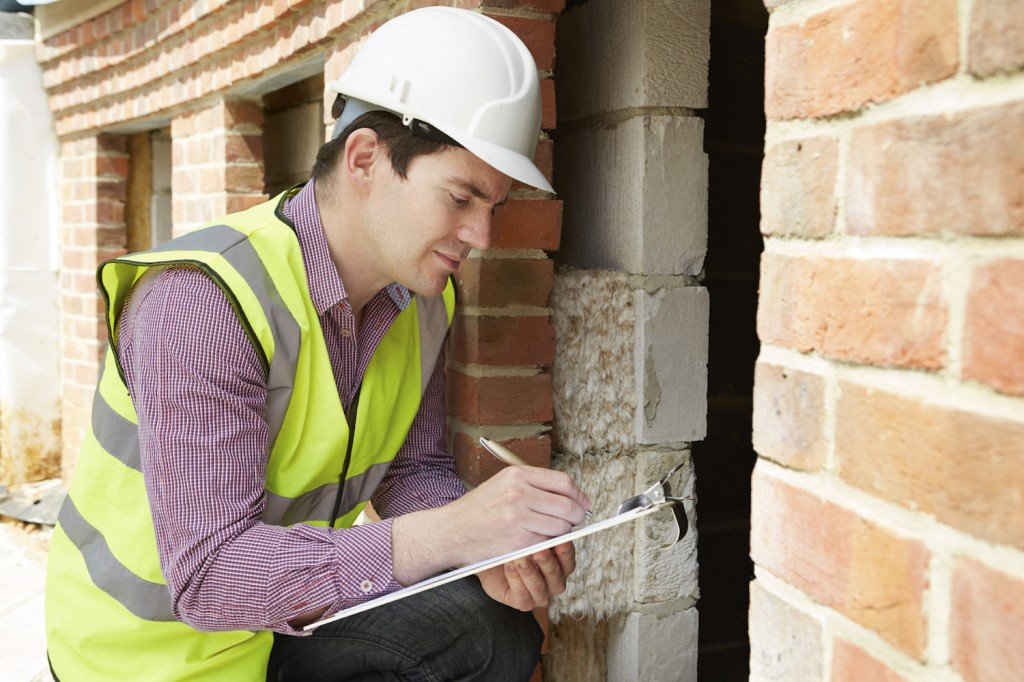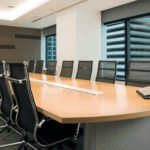Here is what to expect if your property is inspected by your insurance provider.
Q: When do we inspect?
A: It differs by program and type of risk. Your broker will keep you informed.
Q: Why do we inspect?
A: To correct hazards that may cause claims. This helps protect people and property, and controls claim costs to keep insurance prices stable and affordable. The inspection is also used to confirm exposure information so that we’re charging the right premium and that the property meets our program eligibility requirements.
Q: How do we inspect?
A: When you receive a “drive by” inspection, our inspector will visit the property and examine the exterior only for hazards that may be a part of the sidewalks, housekeeping, neighboring exposures, etc. and confirm the building meets our expectations and standards. No appointment is needed as the inspector does not enter the insured’s property.
For internal inspections, our inspector will make an appointment with the inspection contact to visit the building. In addition to what’s inspected on the drive-by, they will go inside the building and look at the overall interior condition, the basement and roof, as well as request access to one unit. If applicable, they will visit the commercial tenant. Inspectors will be looking for any life-safety concerns, trip and fall hazards, housekeeping hazards, and generally making sure the building meets our underwriting standards and expectations.
Q; What do we look for?
A: A property that is well maintained and has owners and tenants that care is very valuable to us. The inspection provides verification of the exposure and life safety information presented to us in the application.
Q: How do we get the information we need?
A: We make a physical or visual inspection of the premises and possibly have a telephone interview with the person responsible.
Q: What happens after we inspect?
A: Once the inspection company has completed the property inspection, the results are sent to Distinguished for evaluation. Our insurance operations business, ReSource Pro, takes the first pass at reviewing potential risks.
You may receive recommendation(s) with communication outlining three possible results:
1) An ineligible risk
2) Essential recommendation(s)
3) Risk improvement recommendation(s)
Occasionally, brokers will provide a recommended list of service vendors for fixing the essential changes. It’s worth asking your broker if you don’t receive one initially.
Q: Will your premium be affected?
A: Changes to the risk description and/or exposure information identified in the inspection may result in a change in premium. It may result in a requirement for a premises improvement to conform to the information that was originally submitted to us. Or may require the removal of a hazard that increases the property’s exposure to loss.
Q: Could your policy be canceled?
A: Cancellation of coverage may result if compliance with recommendations is not achieved or if the information differs materially from that which was originally given to us.
WHAT WE PREFER TO SEE IN THE PROPERTIES WE INSURE:
• Smoke detectors installed and in working order
• Roofs in satisfactory condition
• HVAC systems in satisfactory condition
• No trip and fall hazards in interior and exterior stairwells, sidewalks, parking lots or grounds
• Clean and regularly maintained laundry rooms (including lint build-up)
• Safety procedures for pool operations and equipment
• Hazard-free commercial cooking including fire suppression and safety planning
• Certificates of insurance and contractual language in place as respects: tenants, service vendors, and subcontractors, et al.
• Proper storage and safety planning for exercise equipment and free weights
• Unobstructed and working sprinkler / fire alarm systems with certificates of annual tests performed (where applicable)
• Life safety requirements (based on construction and number of stories) which may include: emergency lighting, illuminated exit signs, fire alarms, sprinkler systems that are maintained and tested, and a secondary means of egress
• Plumbing systems in satisfactory condition
• Electrical / wiring in satisfactory condition
• Retrofits on all aluminum wiring connections
• Safety procedures for steam room, sauna and hot tub operations and equipment
• Safe storage of flammable liquids and rags
• Specific life safety plans in the event of a day care on premises
• Outdoor lighting
• Playground safety standards
If you still have questions about the inspection process, or how to prepare for an inspection, we’re here to help. Contact us and lets talk.





